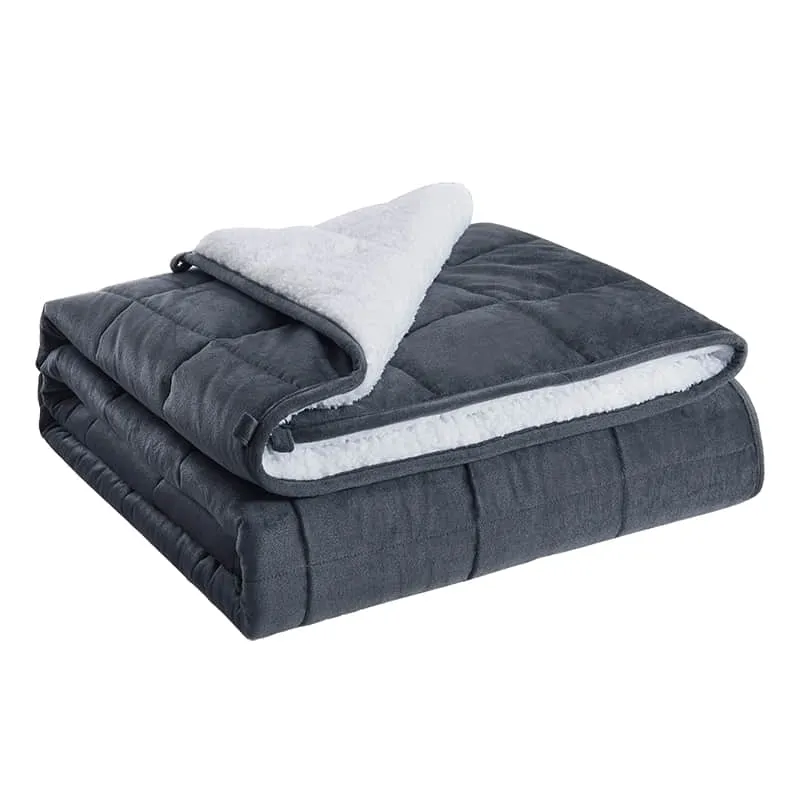
How To Choose A Pillow For Cervical Spondylosis
Does your neck hurt when you wake up every morning? You are not alone. Some two-thirds of people with trusted sources deal with neck pain.
Although it tends to affect middle-aged people the most, neck pain can affect anyone. The pain after the injury may subside within a few days or weeks, but up to 10% of people from trusted sources may have chronic problems.
Your sleeping position and pillow may cause constant pain. For example, bedridden people may face the most neck pain. This position means that your neck is turned to the sides and your spine is arched.
To relieve stress, experts recommend trying to lie on your back or on your side, and choose pillows that help support your neck and its natural curve.
How to choose the best pillow for neck pain
We mainly look for foam and latex pillows. Why? Because research shows that these materials are helpful for people with neck pain. According to a trusted source for learning in 2020, both latex and memory foam provide support and help reduce neck fatigue.
In addition, we are looking for ergonomic pillows that are designed to provide adequate cervical support without excessively elevating the head. A trusted source for learning in 2016 suggests that the height of the pillow significantly affects the pressure on the neck and head.
How does neck pain affect sleep?
When you feel any type of pain (including chronic neck pain), it is difficult to fall asleep. You may toss and turn all night to find a comfortable sleeping position.
A 2013 study from more than 1,000 credible sources found that people with chronic neck pain are likely to experience sleep deprivation. Nearly 20% of participants reported that they sleep less than 4 hours a night.
A credible source for learning in 2020, specifically assessing young participants, and found that neck pain is also related to poor sleep quality in this age group.

Why pillows are important?
You sleep about one-third of your life. A pillow that is too hard or too full may keep your neck bent throughout the night, which can cause pain.
In fact, research comes from a trusted source in 2008. Studies have shown that supportive pillows combined with regular exercise are more effective in relieving chronic neck pain than hot or cold compresses, massage and other methods.
Filling
Filling is also very important. Although the type of filling you choose depends on personal preference, a 2011 study of trusted sources found that those who fill feathers usually score poorly in terms of sleep quality.
The highest ratings and satisfaction are those with latex or polyester fillers. The same study showed that many people sleep on uncomfortable pillows, causing sleep difficulties and painful symptoms.
Change it
The general best practice is to change the pillow every 1 to 2 years, especially if you are using feather pillows. Over time, the filler will compress and will not provide sufficient support.
If you choose memory foam pillows, you may be able to reduce the number of replacements. A good indicator that it is time to replace is whether you are experiencing new pain or whether the filling is no longer evenly distributed.
Clean it
In any case, it is a good idea to wash the pillow every 6 months according to the manufacturer’s instructions. This is especially true if you have allergies or asthma. Drying at high temperatures will help kill dust mites.
How to choose a pillow for cervical spondylosis?
If neck pain keeps you awake at night, you may want to consider replacing your pillow with a pillow of suitable height. In the pillow world, height is often described as “attic”.
The right loft height depends largely on your preferred sleeping position. For example, the stomach pillow should choose a pillow with a lower loft. Essentially, you need a pillow that keeps your spine aligned without putting too much pressure on your neck.
You may also want to look for pillows made of supportive foam or latex instead of down or down substitutes.
Shape may also be a consideration. For example, cervical vertebrae or ergonomic pillows are designed to provide specialized support for the neck and head.

The best sleeping position for neck pain
Generally speaking, if you experience neck pain, it is best to lie on your back or on your side.
Sleeping on your stomach, especially when the pillow is too thick, can put too much pressure on the cervical spine and cause neck pain.
Keep the neck aligned with the body. You may need to put a pillow under your knees to keep your spine aligned properly.
Things you can do besides changing pillows
If you change your pillows but still cannot relieve, you can also try the following tips:
1. Change your overall posture while standing or sitting. Find a neutral spine in these positions, with your shoulders hovering directly above your hips, and your ears hovering over your shoulders.
2. When doing computer work, long-distance driving or other repetitive tasks, stretch your neck every 20 to 30 minutes. Setting a break reminder on your computer or phone may help.
3. Use backpacks or rolling suitcases when carrying heavy objects. Distribute the weight evenly or rotate it. Using a shoulder bag will put too much pressure on the neck and shoulders.
4. Relieve the pain by taking a hot bath or hot or cold compresses, using hot compresses or ice compresses. This is particularly effective in the first 2 to 3 days of acute injury.
5. Take over-the-counter painkillers, such as acetaminophen or ibuprofen.
6. Try to quit smoking. Researchers pointed out that smoking is associated with chronic neck pain.




